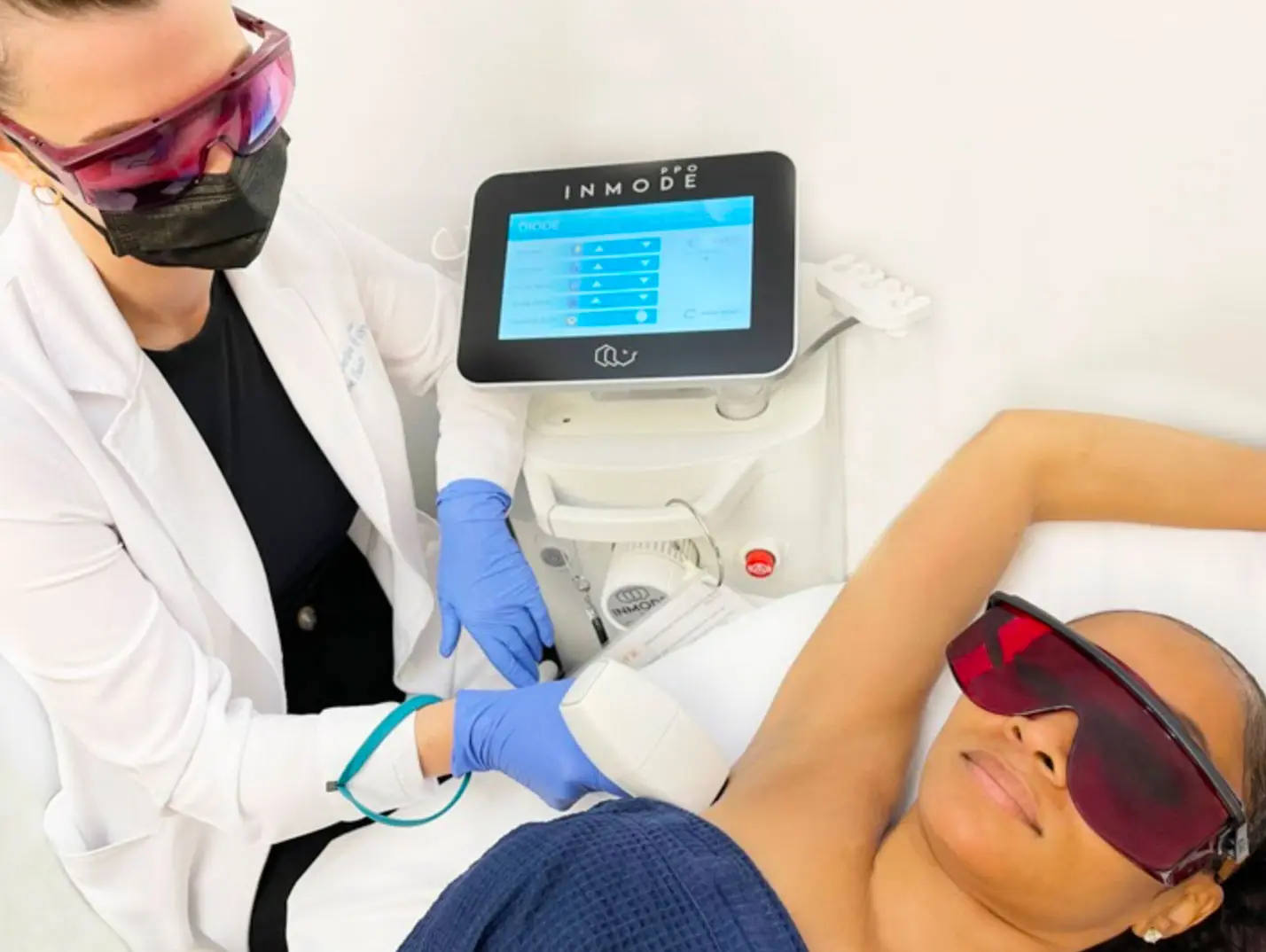Find the Best Physical Therapy Near You
When you're recovering from an injury, managing a chronic condition, or seeking to enhance your physical well-being, finding the right physical therapy provider is crucial. Here’s a guide to help you locate the best physical therapy near you:
Why Choosing the Right Physical Therapy Clinic Matters
Physical therapy is a crucial step in healing and recovery. Whether you’re recovering from an injury, surgery, or dealing with a musculoskeletal condition, choosing the right clinic can significantly impact the effectiveness of your rehabilitation. A skilled physical therapist provides a personalized treatment plan that helps you achieve optimal results.
Here are some key reasons why the right physical therapy clinic matters:
- Expertise and Experience: Experienced therapists specialize in various treatment techniques that help relieve pain and improve functionality.
- Tailored Treatment Plans: Personalized plans ensure that you get the best possible care suited to your specific needs.
- Convenience and Accessibility: A nearby clinic means less hassle and more consistent therapy, increasing the chances of better results.
What to Look for When Searching for Physical Therapy Near You
When you're searching for the best physical therapy near me, consider the following factors to ensure you choose the right clinic:
1. Credentials and Specializations
Look for physical therapists who are licensed and have additional certifications or specializations in areas relevant to your needs. Some common specialties include:
- Orthopedic physical therapy for musculoskeletal injuries
- Sports therapy for athletes or active individuals
- Neurological physical therapy for patients recovering from strokes or dealing with neurological conditions
- Pediatric physical therapy for children
2. Treatment Approaches
Different clinics may use various treatment methods such as manual therapy, exercise therapy, ultrasound, or electrical stimulation. It’s important to ensure the clinic you choose utilizes the most effective treatments for your specific condition.
3. Convenience
Convenience is key when choosing a clinic. Consider:
- Location: A nearby clinic means less travel time, making it easier to attend sessions regularly.
- Hours of Operation: Flexible hours, including evening and weekend availability, can help you fit physical therapy into your busy schedule.
4. Insurance and Payment Options
Make sure the clinic accepts your health insurance and offers transparent pricing. Many clinics also provide payment plans or accept different payment methods.
5. Reviews and Reputation
Before committing to a clinic, read patient reviews and ratings. Word of mouth and online reviews can give you insight into the quality of care, staff professionalism, and clinic environment.
6. Technology and Equipment
Modern clinics often invest in advanced physical therapy equipment and technology, which can enhance your treatment and speed up recovery. Look for clinics with up-to-date facilities and equipment.
Conclusion
Finding the best physical therapy near you doesn’t have to be a stressful process. By considering factors like experience, location, and treatment options, you can make an informed decision that supports your recovery. Whether you are dealing with an injury, managing pain, or improving mobility, the right physical therapy clinic can make a significant difference in your healing journey.
Take the time to research and choose a clinic that offers the care and convenience you deserve. With the right physical therapist, you’ll be back on track in no time.
Explore

Your Mental Health Matters: Best Online Therapy Services to Try

Find a Dentist Near You for Dental Care

Find the Best HVAC Services Near You

Find the Right Therapist For Anxiety and Depression Near You

Find the Best Plumbers with Free Estimates Near You

Find The Best Retirement Planning Advisors Near You

Find Best Local Roofers & Roofing Contractors Near Me

Best Laser Hair Removal Near Me: Find Top Clinics for Smooth, Hair-Free Skin
